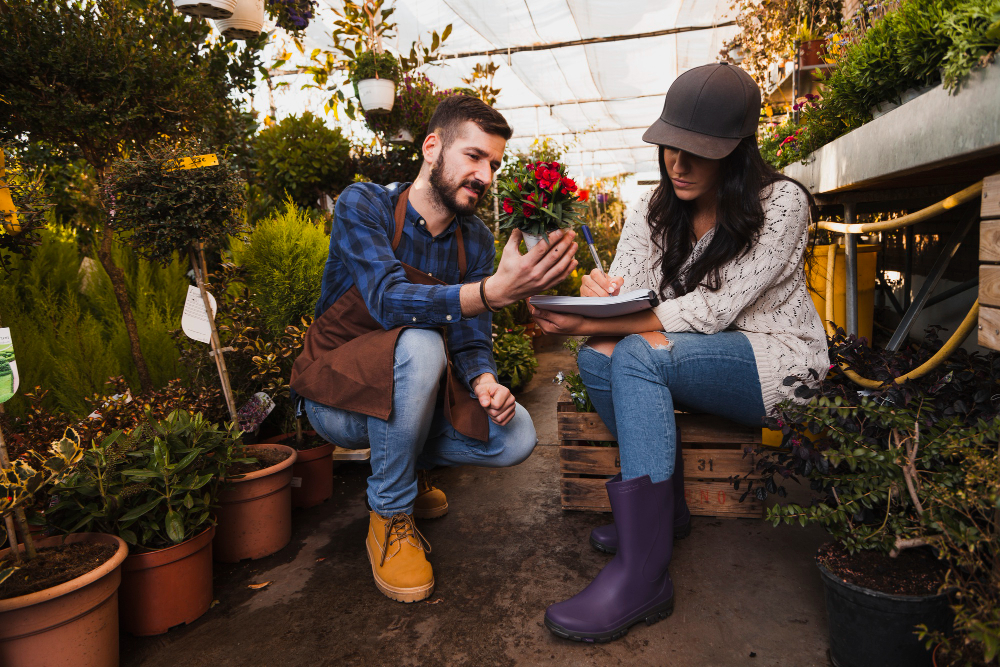Winter might seem like the time to put your gardening gloves away and let nature take its course outside. But it’s actually the perfect moment to get a head start on next season’s harvest.
The magic happens now, when you’re stuck indoors, plotting and planning for those sun-drenched spring days. Here’s how to make sure your kitchen garden is brimming with life and flavour next year.
Assess your space and make a plan
First, take a good look at your garden. Do you have enough space to grow everything you want, or will you need to reorganise your beds? Maybe it’s time to try vertical gardening for tomatoes, herbs or peas. You’ll be amazed at how much you can fit in with a little creative planning.
Assess the sun’s path, and note which spots stay warm and sheltered – those are ideal for early sowings. Mark out areas for your plants, allowing for proper spacing so that your crops will have room to breathe and flourish.
Choose your plants wisely
Winter is the perfect time to reflect on what you want to grow in the coming season. Take a moment to think about the vegetables and herbs that will fill your kitchen garden with flavour next year.
Consider what worked well in the past or what you’ve been wanting to try. Think about your family’s favourite meals and which plants will make them even better – maybe you’ve been dreaming of homegrown tomatoes for summer salads or fresh basil for homemade pesto.
Make a list of your must-have crops, but be mindful of how much space you have and how long different plants take to mature. This will help you create a realistic plan and avoid overloading yourself with too many varieties.
Start sowing indoors or under cover
You can get a head start on the new season. Invest in a simple seed tray, greenhouse or windowsill pot to get things going indoors. This way, you’ll give your crops a solid head start and protect them from late frosts.
Start sowing early tomato plants or lettuce indoors. You can even sow your peas and broad beans in pots and transplant them once the ground warms up. Just remember to harden off your seedlings gradually – start by taking them outside for a few hours each day and slowly increase the time they spend in the open air.
Consider soil health now
Soil prep is never a bad idea, even when you’re not physically planting. Adding compost or organic matter over winter gives it plenty of time to break down, enriching the soil for when you’re ready to plant.
Test your soil’s pH and nutrient levels, and consider adding a little lime if the pH is too low. By taking care of this now, you’ll set yourself up for a healthier, more productive garden when spring finally arrives.
Prepare your tools and garden infrastructure
Now’s also a great time to give your gardening tools some TLC. Sharpen the edges of your spades, shears and hoes. Check your watering cans and tidy up your sheds.
If you’ve been dreaming of expanding your raised beds, this is the perfect opportunity to start planning and sourcing materials.
Happy gardening!
For more, visit Pure Magazine


